Quick Summary: You usually don’t need to drip faucets with PEX pipes to prevent freezing. PEX is more flexible than copper or PVC, so it can expand if water freezes inside. However, in extremely cold weather or poorly insulated areas, dripping faucets might still be a good idea to provide extra protection. Always consider your local climate and the specific installation of your plumbing.
Are you wondering if you need to drip your faucets when you have PEX plumbing? It’s a common question! Many homeowners worry about frozen pipes in the winter. Traditional pipes like copper can burst if the water inside freezes and expands. But PEX is different. It’s designed to handle freezing better. Let’s explore whether you need to take that extra step to protect your pipes. We’ll break down the pros and cons, and help you decide what’s best for your home. Ready to learn more? Let’s get started!
Understanding PEX Piping


PEX, or cross-linked polyethylene, is a type of plastic tubing widely used in plumbing. It’s known for its flexibility, durability, and resistance to temperature extremes. Let’s dive deeper into what makes PEX a popular choice for modern plumbing systems.
What is PEX?
PEX is made from high-density polyethylene that has undergone a process to create cross-links between the molecules. This cross-linking gives PEX its unique properties, such as increased flexibility and resistance to cracking. You’ll often see PEX in two main types:
- PEX-A: The most flexible type, often used for expansion fittings.
- PEX-B: A bit stiffer, commonly used with crimp or clamp fittings.
- PEX-C: The least flexible, and less commonly used.
Advantages of PEX
PEX offers several advantages over traditional piping materials like copper or PVC. Here are some key benefits:
- Flexibility: PEX can bend around corners, reducing the need for fittings and making installation easier.
- Freeze Resistance: PEX can expand if water freezes inside, reducing the risk of bursting.
- Durability: PEX is resistant to corrosion and mineral buildup.
- Cost-Effective: PEX is generally less expensive than copper.
- Easy Installation: PEX systems often use simple connection methods like crimp rings or expansion fittings.
How PEX Handles Freezing
One of the biggest advantages of PEX is its ability to handle freezing temperatures. Unlike rigid pipes, PEX can expand. According to the Plastics Pipe Institute, PEX can expand to accommodate freezing water and then contract when the water thaws, significantly reducing the risk of pipe bursts.
Here’s how it works:
- Water Freezes: When the temperature drops below freezing, any water left in the pipes begins to turn into ice.
- Expansion: As the water freezes, it expands. PEX pipes can expand along with the ice, reducing pressure buildup.
- Thawing: When the temperature rises, the ice melts, and the PEX returns to its original size.
Do You Need to Drip Faucets with PEX?
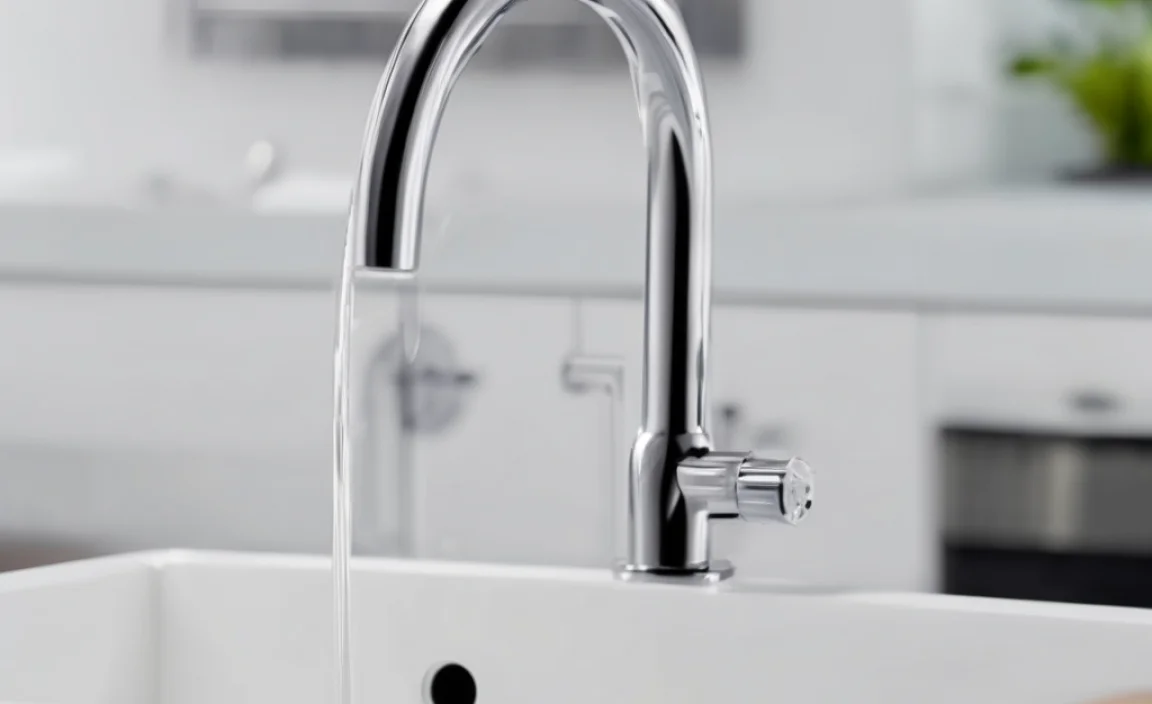
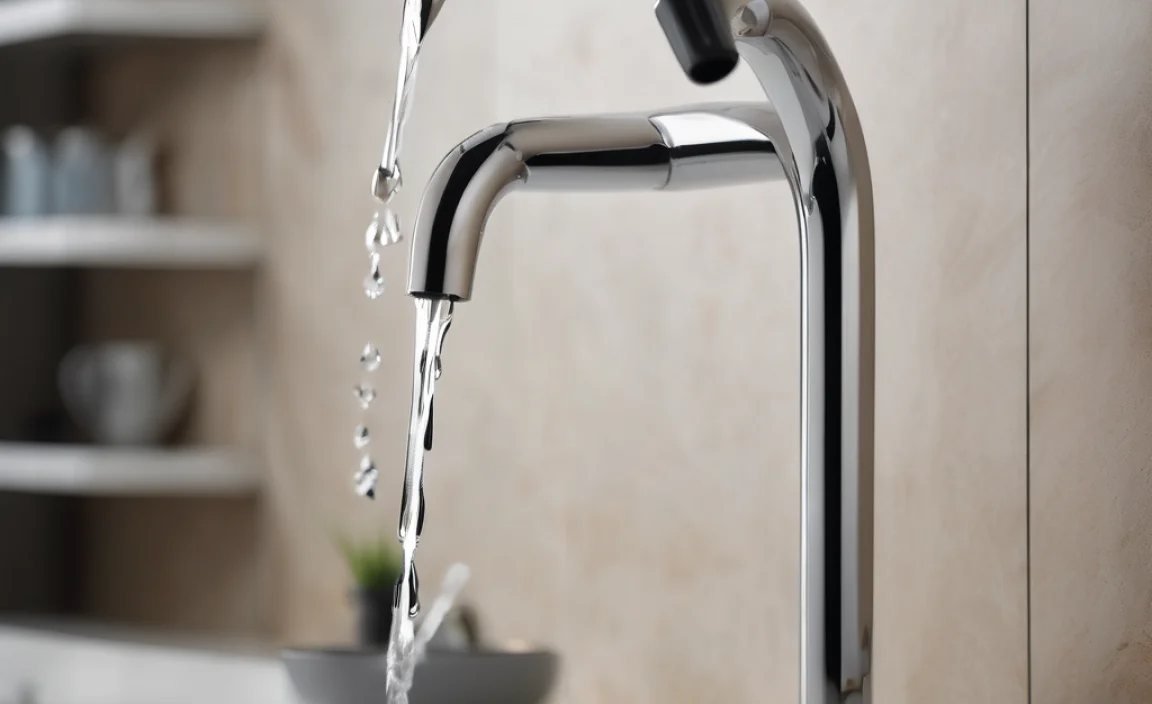
Now, let’s get to the main question: Do you need to drip your faucets if you have PEX plumbing? The short answer is: it depends. While PEX is more freeze-resistant than other materials, it’s not completely immune to freezing. Here’s what you should consider:
Factors to Consider
- Climate: If you live in an area with extremely cold winters, dripping faucets might still be a good idea.
- Insulation: Check the insulation of your pipes, especially in unheated areas like basements or crawl spaces.
- Location of Pipes: Pipes located on exterior walls or in unheated areas are more susceptible to freezing.
- PEX Installation Quality: Even with PEX, improper installation can increase the risk of freezing.
When Dripping Faucets is Recommended
Even with PEX, there are situations where dripping your faucets is a smart move:
- Extreme Cold: If temperatures are expected to drop well below freezing for an extended period.
- Poor Insulation: If your pipes are in areas with inadequate insulation.
- History of Freezing: If you’ve had issues with frozen pipes in the past, even with PEX.
When Dripping Faucets May Not Be Necessary
In some cases, you might not need to drip your faucets if you have PEX:
- Moderate Climate: If you live in an area with mild winters.
- Good Insulation: If your pipes are well-insulated and protected from the cold.
- Interior Pipes: If your pipes are located in heated areas of your home.
How to Drip Faucets Properly
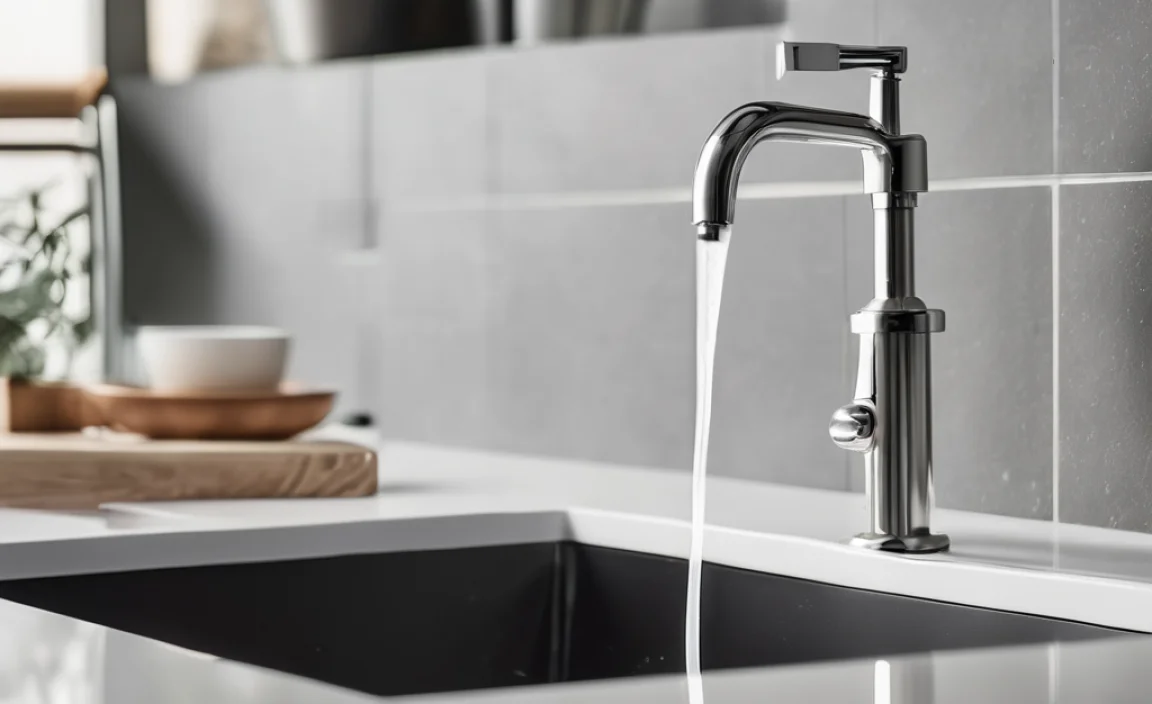
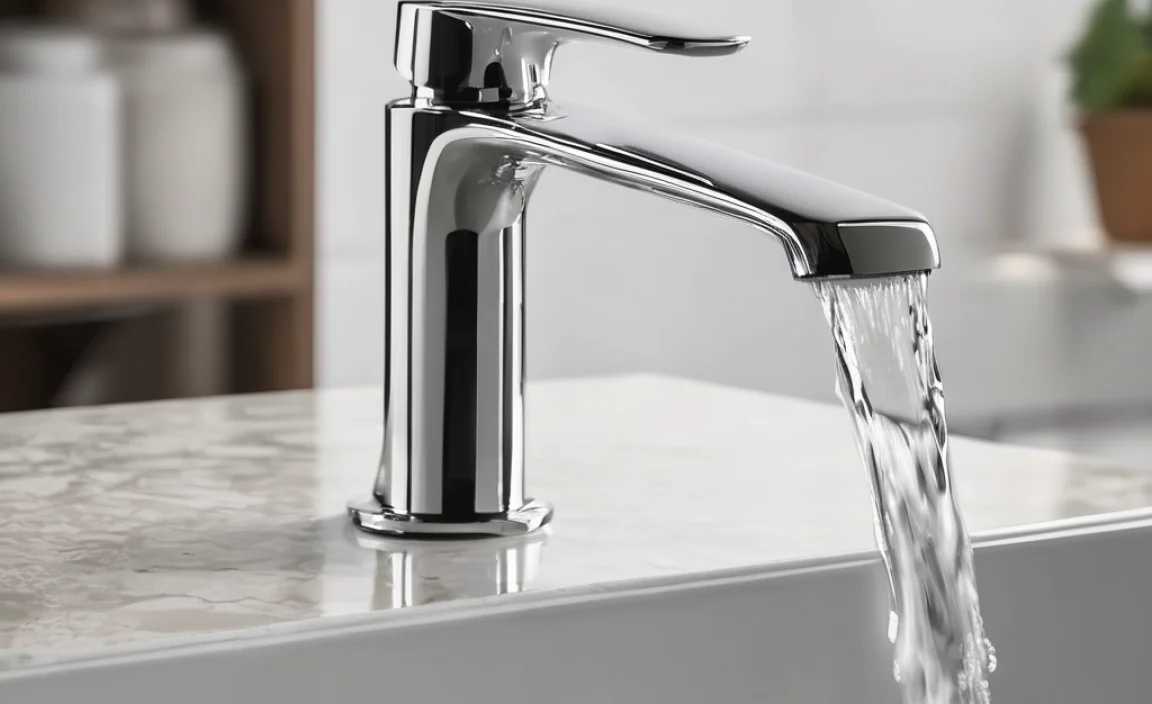
If you decide that dripping your faucets is the right choice, here’s how to do it effectively:
- Identify Faucets: Choose faucets that are located on exterior walls or in areas prone to freezing.
- Open Faucet Slightly: Turn on the cold water faucet to a slow, steady drip. It doesn’t need to be a stream, just a consistent drip.
- Check Periodically: Make sure the faucet continues to drip and that the water isn’t freezing in the drain.
Alternative Methods to Prevent Freezing

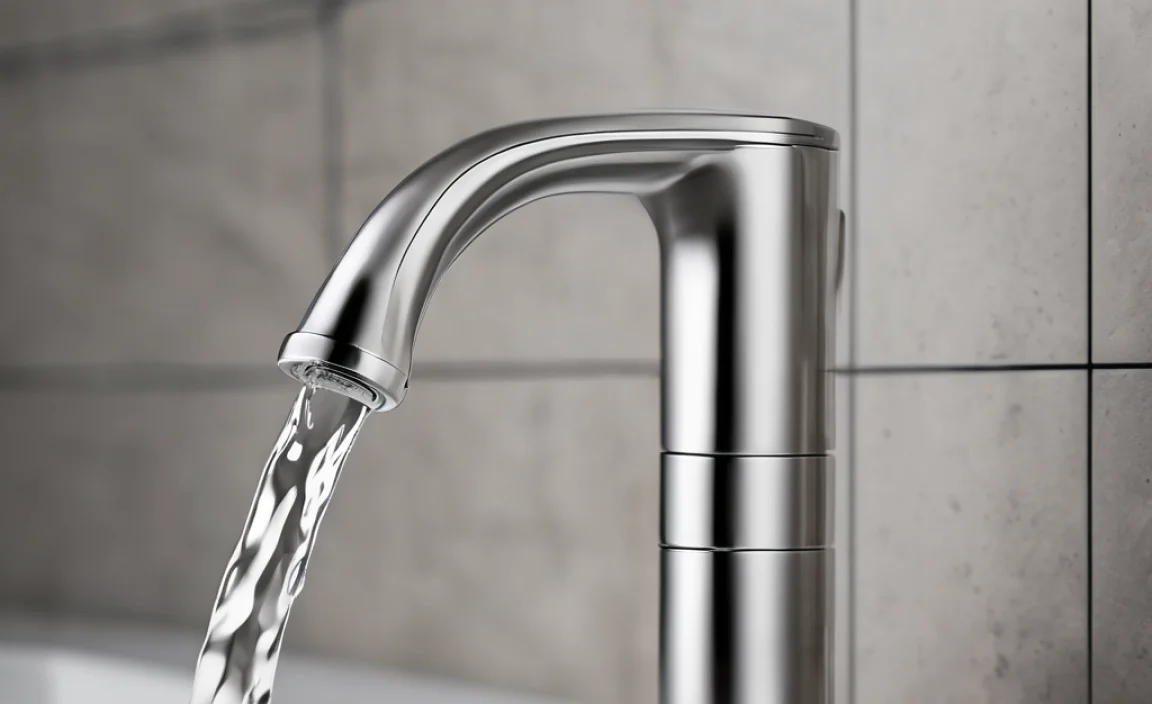
Besides dripping faucets, there are other ways to protect your pipes from freezing:
- Insulate Pipes: Use foam pipe insulation to wrap exposed pipes, especially in unheated areas.
- Seal Air Leaks: Seal any cracks or openings in your foundation or walls to prevent cold air from reaching your pipes.
- Heated Cables: Install electric heat cables along your pipes to provide extra warmth.
- Maintain Heat: Keep your thermostat set to a reasonable temperature, even when you’re away from home.
Comparing PEX to Other Piping Materials
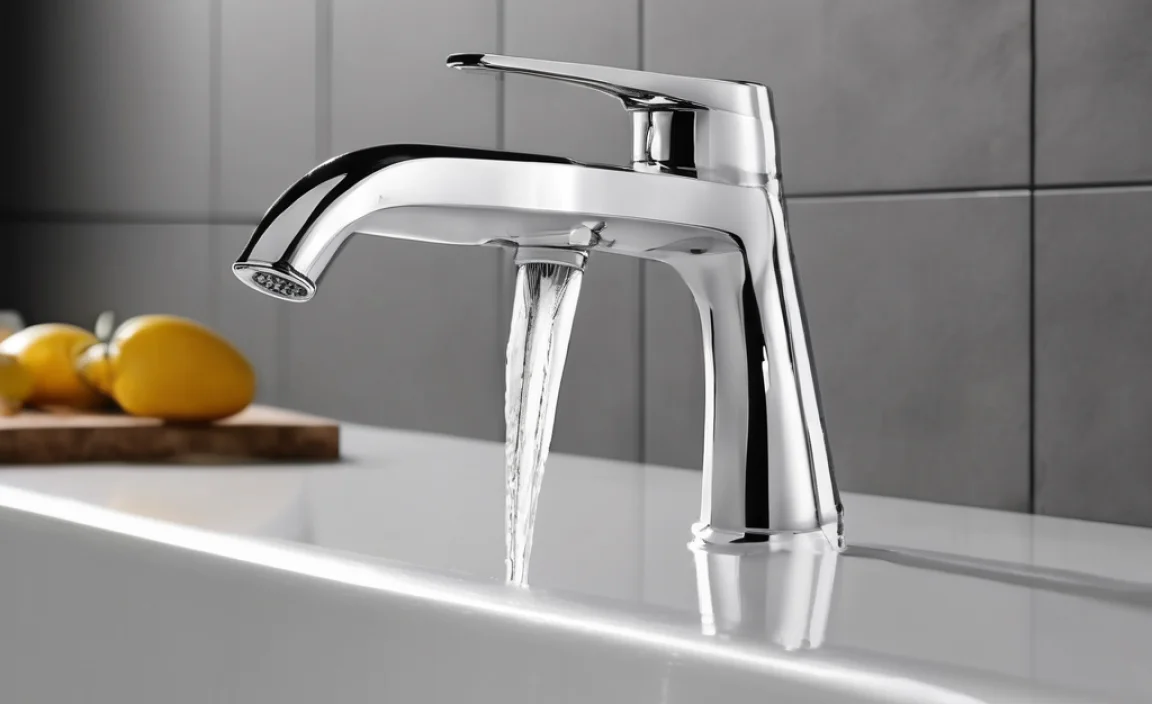
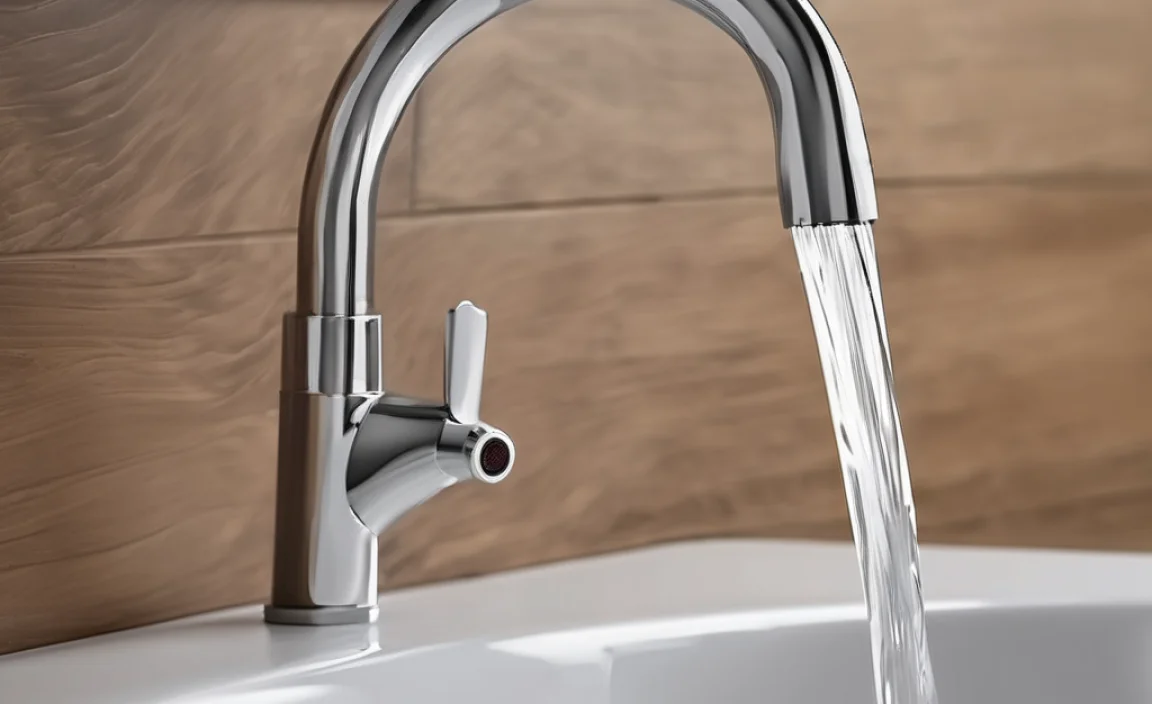
Let’s take a quick look at how PEX stacks up against other common piping materials:
| Material | Freeze Resistance | Flexibility | Cost | Durability |
|---|---|---|---|---|
| PEX | High | High | Moderate | High |
| Copper | Low | Low | High | High |
| PVC | Low | Low | Low | Moderate |
As you can see, PEX offers a good balance of freeze resistance, flexibility, cost, and durability.
Tips for Maintaining PEX Piping
To keep your PEX plumbing in good condition, follow these maintenance tips:
- Inspect Regularly: Check your pipes for any signs of leaks or damage.
- Avoid Direct Sunlight: PEX can degrade if exposed to direct sunlight for extended periods.
- Use Proper Fittings: Always use fittings that are specifically designed for PEX.
- Protect from Physical Damage: Shield PEX pipes from sharp objects or potential impacts.
Professional Advice
When in doubt, it’s always a good idea to consult with a professional plumber. They can assess your specific situation and provide tailored advice based on your climate, home construction, and plumbing system. According to the United Association of Journeymen and Apprentices of the Plumbing and Pipe Fitting Industry of the United States and Canada (UA), professional plumbers are trained to handle a wide range of plumbing issues and can ensure that your system is properly protected.
Cost Considerations
Let’s talk about the costs involved in preventing frozen pipes. Dripping faucets is generally free (except for the water bill), but other methods may have upfront costs:
| Method | Cost | Notes |
|---|---|---|
| Dripping Faucets | Minimal | Increases water bill slightly |
| Pipe Insulation | Low to Moderate | One-time cost for materials |
| Heated Cables | Moderate to High | Requires electricity |
| Professional Inspection | Moderate | Can identify potential issues early |
Consider these costs when deciding on the best approach for your home.
DIY vs. Professional Installation
While some PEX installation tasks can be done as DIY projects, others are best left to the professionals. Here’s a quick guide:
- DIY-Friendly:
- Insulating exposed pipes
- Sealing air leaks
- Dripping faucets
- Professional Recommended:
- Installing new PEX plumbing systems
- Repairing major leaks
- Installing heated cables
Safety Precautions
When working with plumbing, always take the necessary safety precautions:
- Turn Off Water: Before starting any plumbing work, turn off the main water supply to your home.
- Wear Safety Glasses: Protect your eyes from debris or splashes.
- Use Proper Tools: Use the right tools for the job to avoid damaging pipes or fittings.
- Follow Instructions: Always follow the manufacturer’s instructions when installing or repairing plumbing components.
Future-Proofing Your Plumbing
Consider these steps to future-proof your plumbing system and minimize the risk of frozen pipes:
- Upgrade Insulation: Improve the insulation in your walls and ceilings to reduce heat loss.
- Relocate Pipes: If possible, relocate pipes away from exterior walls to warmer areas.
- Install Smart Thermostat: Use a smart thermostat to maintain a consistent temperature in your home, even when you’re away.
Environmental Impact
Keep in mind the environmental impact of your choices. Dripping faucets can waste water, so consider other methods if possible. Also, be sure to dispose of old plumbing materials responsibly. Check with your local recycling center for options.
Frequently Asked Questions (FAQ)
1. Will PEX pipes always prevent bursting in freezing weather?
No, PEX is more freeze-resistant than copper or PVC, but it’s not foolproof. Extreme cold or improper installation can still lead to freezing and potential damage.
2. How much should I drip a faucet to prevent freezing?
A slow, steady drip is enough. You don’t need a constant stream. Just ensure there’s a continuous flow of water to prevent ice buildup.
3. Is it better to drip hot or cold water?
Drip cold water. It takes more energy to freeze cold water than hot water, so dripping cold water is generally more effective.
4. Can I insulate PEX pipes myself?
Yes, insulating PEX pipes is a simple DIY project. Use foam pipe insulation sleeves and wrap them around the exposed pipes.
5. What temperature is too cold for PEX pipes?
PEX can handle very low temperatures, but prolonged exposure to temperatures below 20°F (-7°C) can increase the risk of freezing, especially if the pipes are not well-insulated.
6. How do I know if my PEX pipes are freezing?
If you turn on a faucet and only a trickle of water comes out, or no water at all, your pipes might be freezing. Also, check for any visible signs of bulging or cracking.
7. Are there any downsides to dripping faucets?
The main downside is water waste, which can increase your water bill. Consider other methods like insulation if you want to conserve water.
Conclusion
So, do you need to drip your faucets with PEX? The answer depends on your specific circumstances. While PEX offers excellent freeze resistance, it’s not a guaranteed solution. Consider your climate, the insulation of your pipes, and any past issues with freezing. If you live in a very cold area or have poorly insulated pipes, dripping faucets can provide an extra layer of protection. Remember to weigh the benefits against the potential for water waste. By taking the right precautions, you can keep your PEX plumbing safe and sound all winter long!

